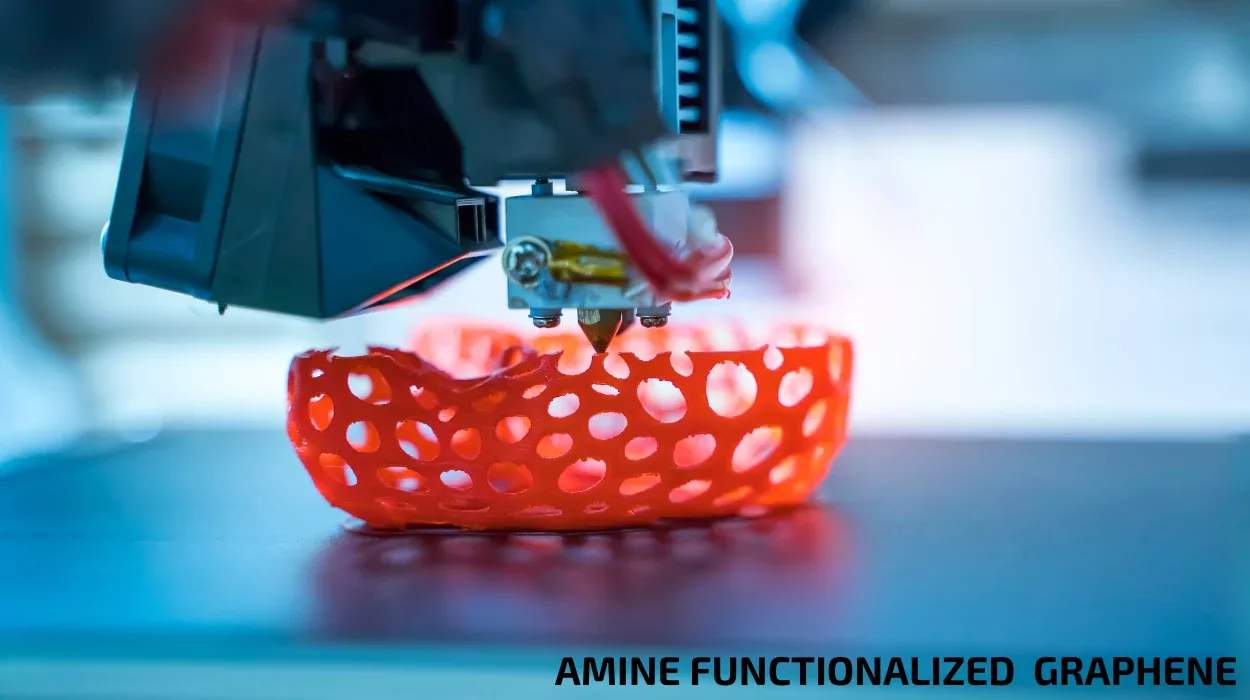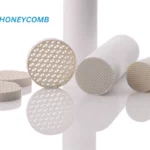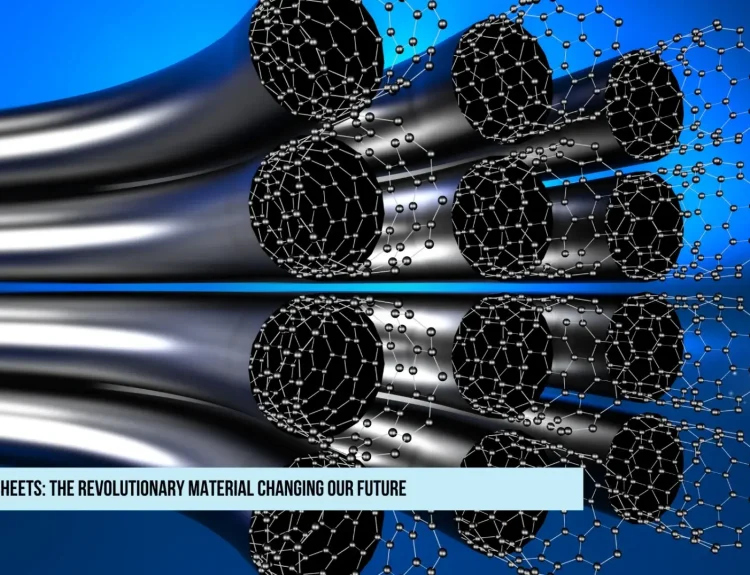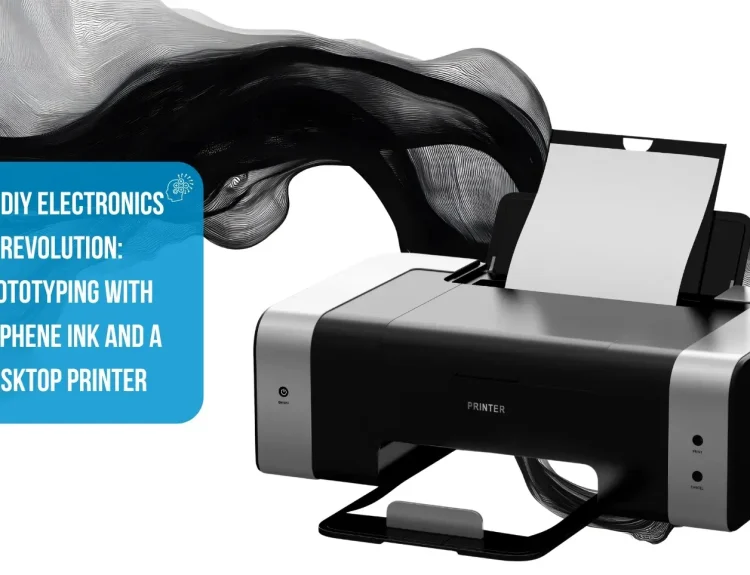3D printing, known as additive manufacturing, has revolutionized how we create objects, from simple toys to complex industrial parts. By building objects, 3D printing allows for incredible design flexibility and efficiency. One exciting development in this field is the use of amine-functionalized graphene, a material that can enhance the properties of 3D-printed items in remarkable ways.
What is Amine-Functionalized Graphene?
Graphene is a one layer of carbon atoms in a hexagonal lattice known for its exceptional strength, conductivity, and flexibility. When it is functionalized, its surface is chemically modified to introduce new properties. Amine-functionalized graphene has amine groups (containing nitrogen) attached to its surface, which can interact more effectively with other materials.
Why Use Amine-Functionalized Graphene in 3D Printing?
- Enhanced Strength and Durability: Adding amine-functionalized graphene to 3D printing materials, like plastics, can significantly improve their strength and durability. Printed objects are more robust and can withstand more stress and wear.
- Improved Conductivity: Graphene is highly conductive, and when functionalized with amine groups, it can be integrated into 3D printing materials to create conductive parts. This is especially useful for printing electronic components and circuits.
- Better Layer Adhesion: In 3D printing, each new layer must stick well to the previous one. Amine-functionalized graphene helps improve this adhesion, resulting in stronger and more reliable prints.
- Customization and Versatility: The amine groups on graphene can interact with various chemicals, allowing for customized properties in printed objects. This versatility opens up new possibilities for specialized medical applications, electronics, and more applications.
Applications of Amine-Functionalized Graphene in 3D Printing
- Electronics: With its enhanced conductivity, amine-functionalized graphene is perfect for printing electronic components like circuits, sensors, and wearable electronics. This allows for more integrated and compact designs.
- Medical Devices: The improved strength and customizability of amine-functionalized graphene make it ideal for printing medical implants and prosthetics. These devices can be tailored to needs and are more durable and biocompatible.
- Aerospace and Automotive Parts: The strength and lightweight nature of graphene-enhanced materials benefit printing parts used in the aerospace and automotive industries. These parts can be lighter, stronger, and more efficient.
- Smart Textiles: By integrating amine-functionalized graphene into fabrics, it’s possible to create smart textiles with embedded sensors and circuits. These textiles can be used for health monitoring, sports, and fashion.
Future Prospects
The use of amine-functionalized graphene in 3D printing is still an emerging field, but the future looks promising. Researchers continually discover new ways to integrate and optimize this material, potentially leading to even more advanced and innovative applications. As the technology progresses, we expect to see broader use of graphene-enhanced 3D printing in various industries, driving further advancements and efficiencies.
Amine-Functionalized Graphene Manufacturer and Suppliers
Conclusion
Amine-functionalized graphene is set to transform 3D printing by enhancing the properties of printed materials. Its ability to improve strength, conductivity, and adhesion makes it a valuable addition to the 3D printing toolkit. As research and development continue, integrating amine-functionalized graphene will likely lead to more robust, versatile 3D-printed objects, pushing the boundaries of what’s possible in additive manufacturing.






